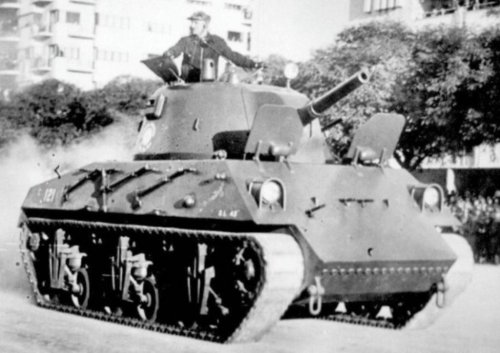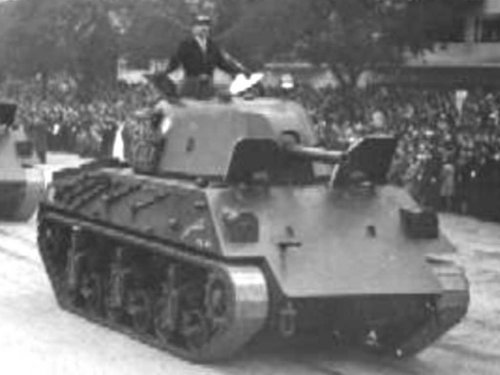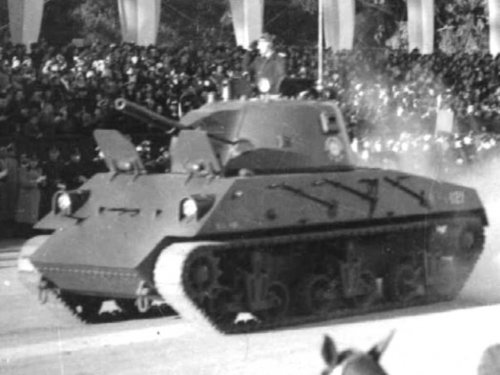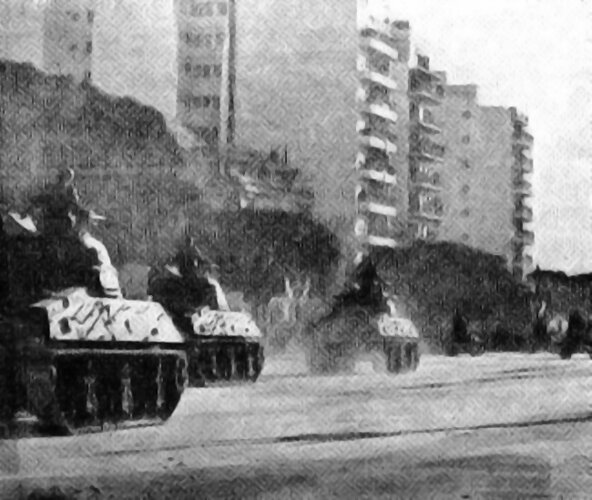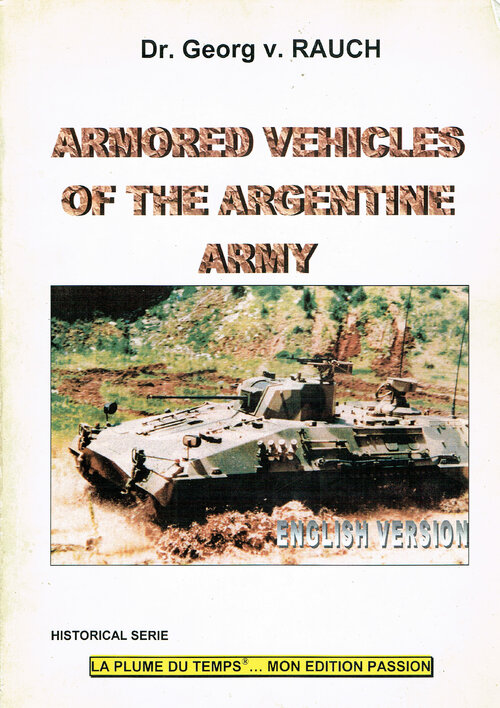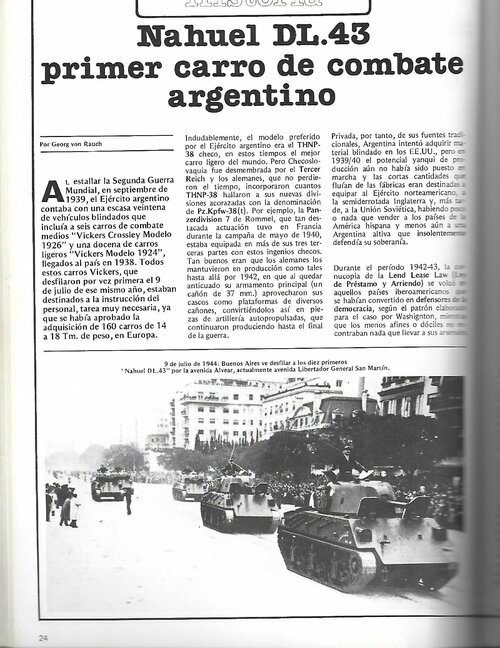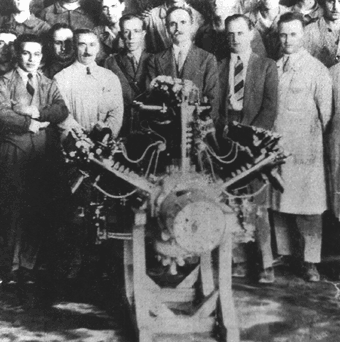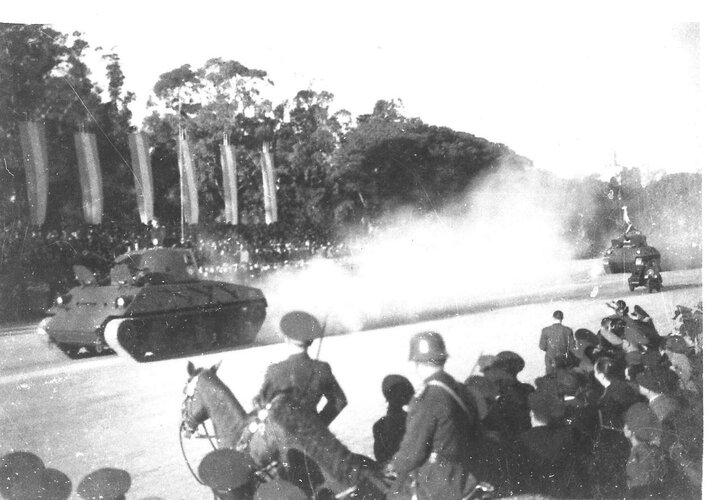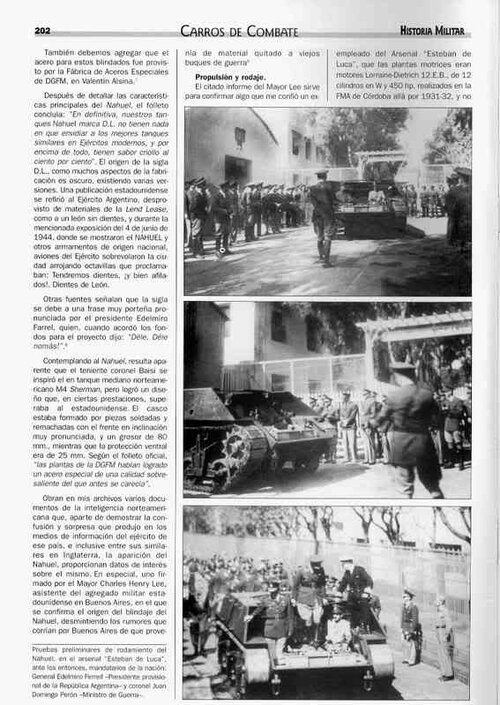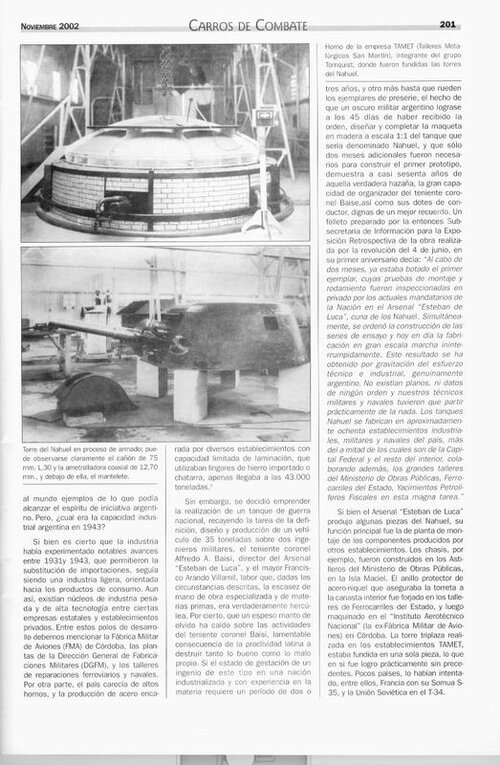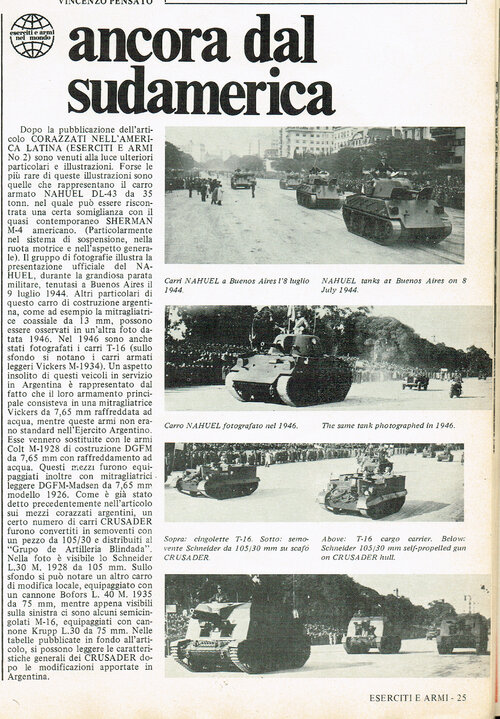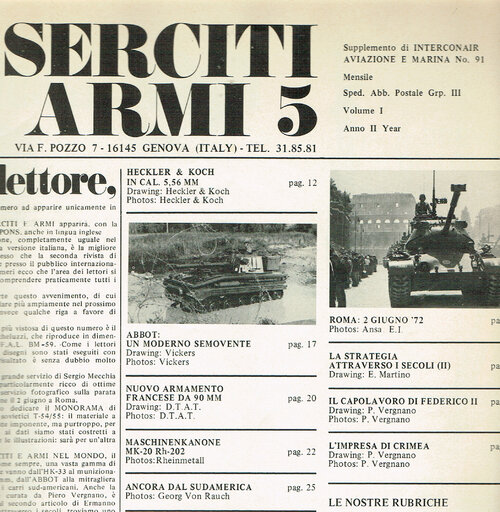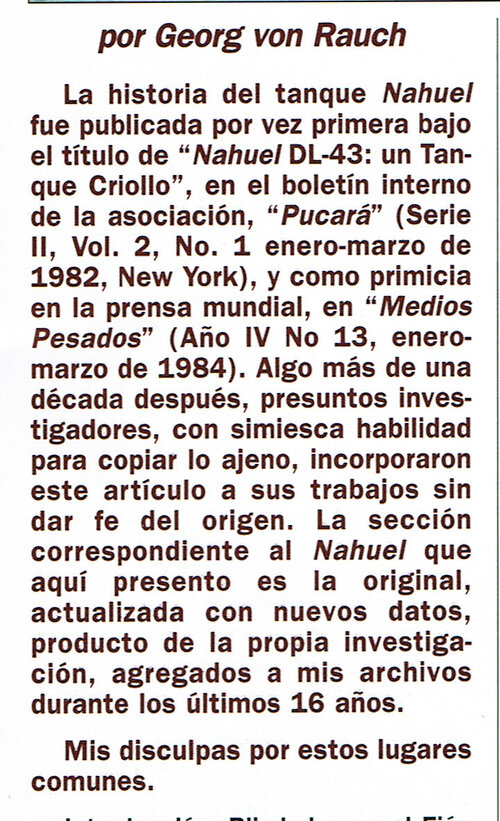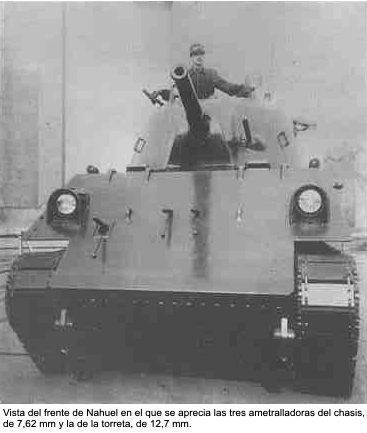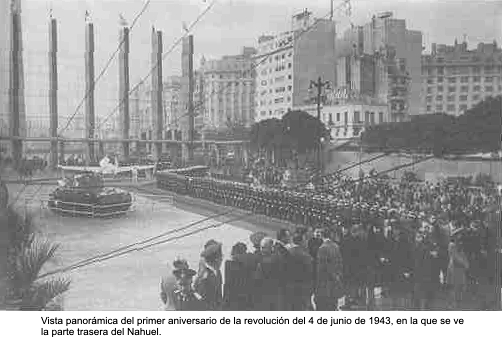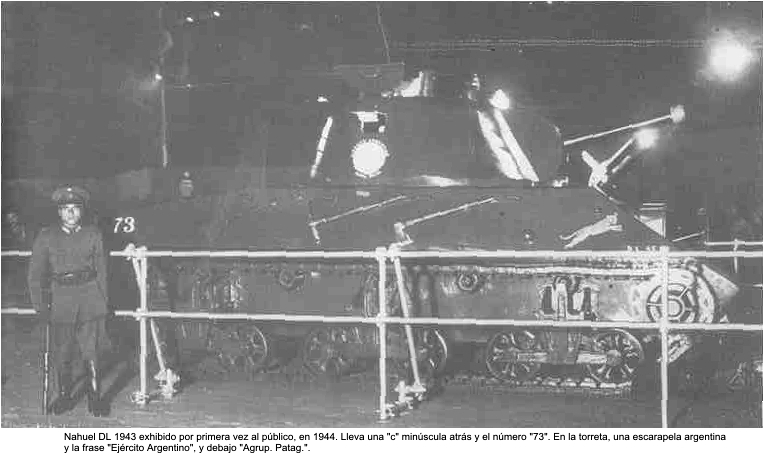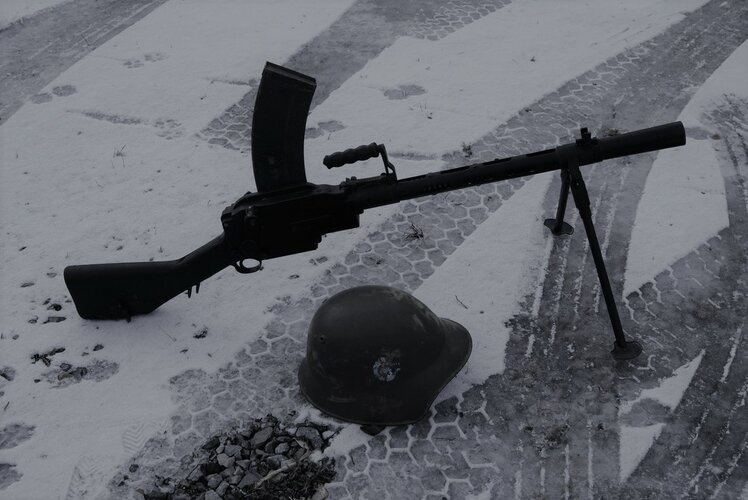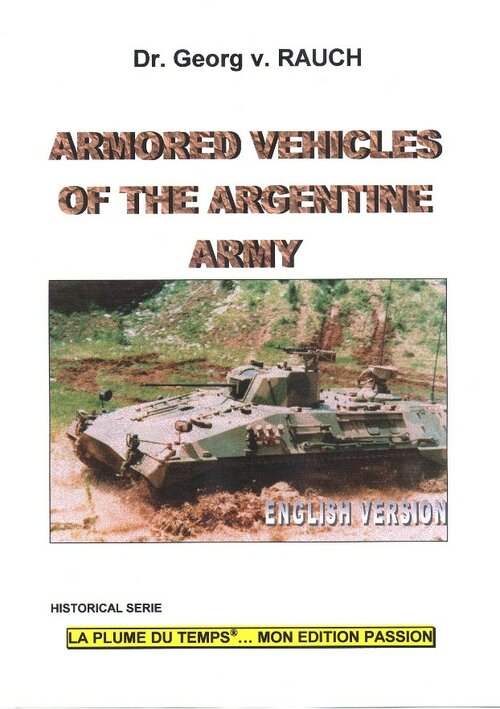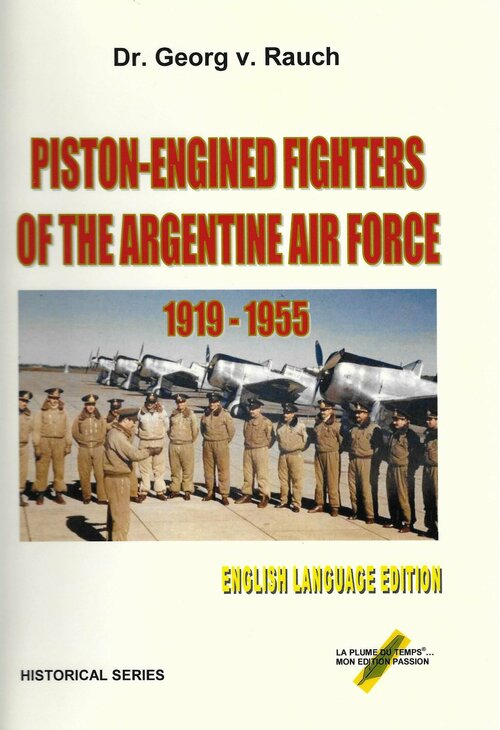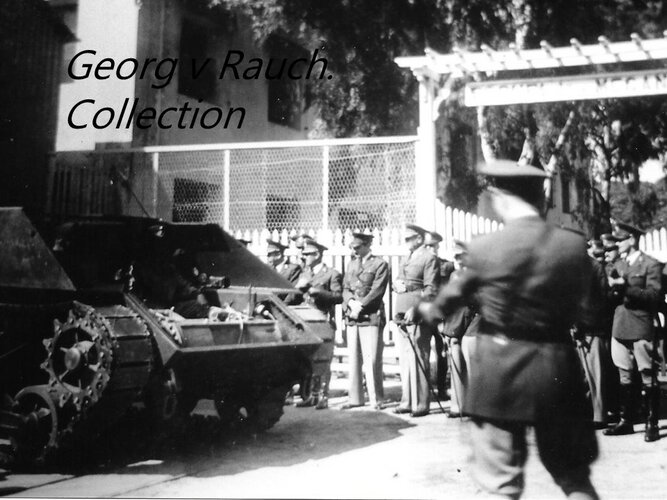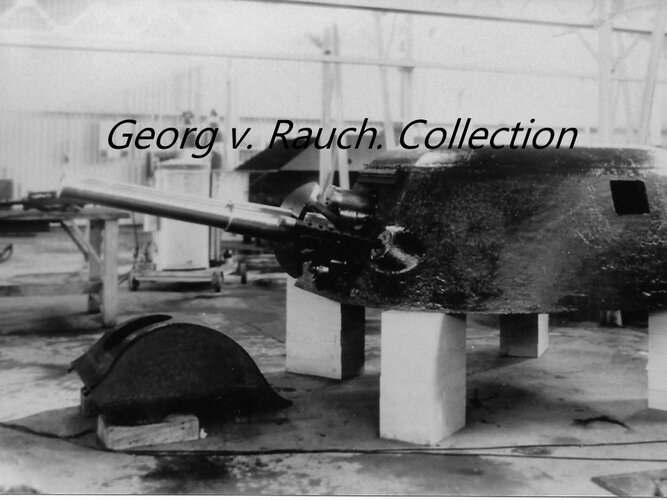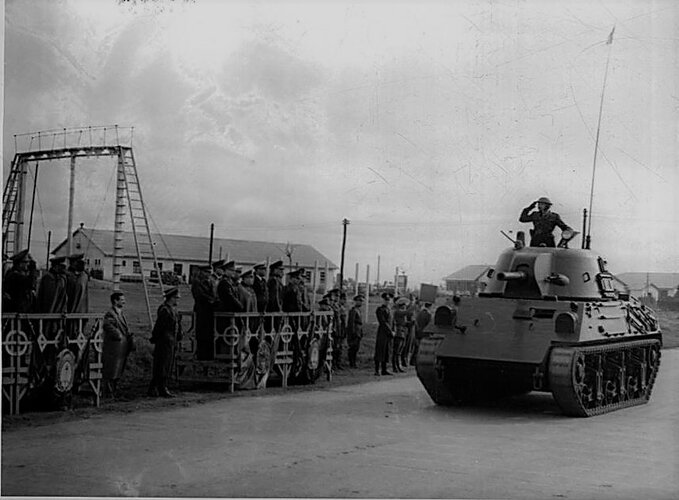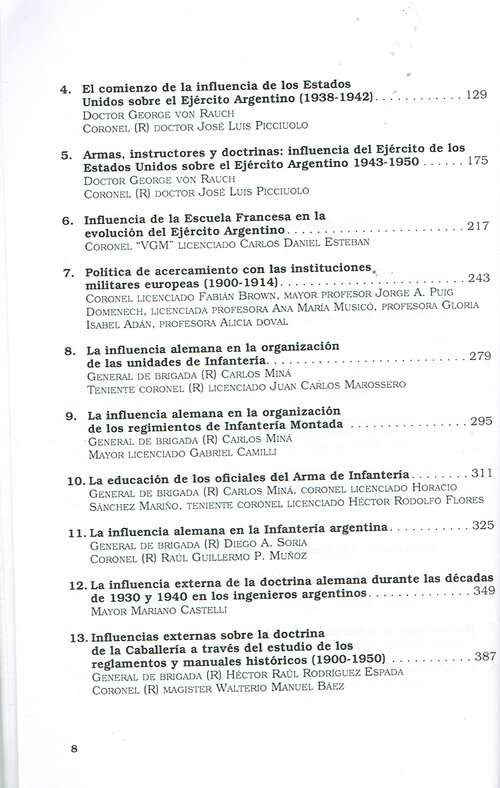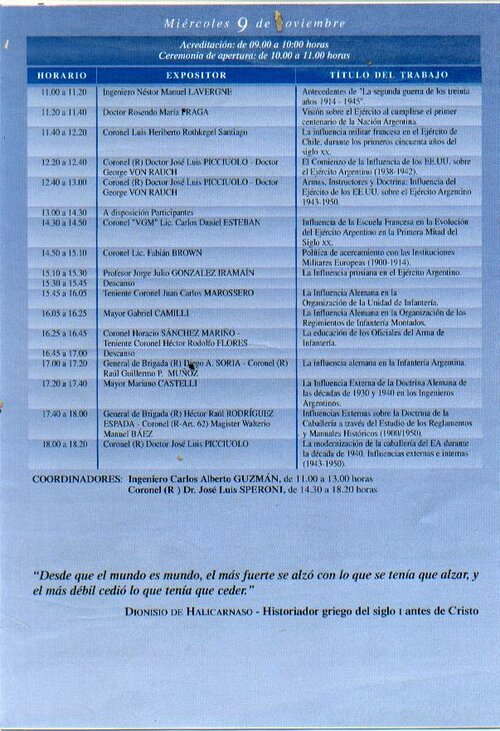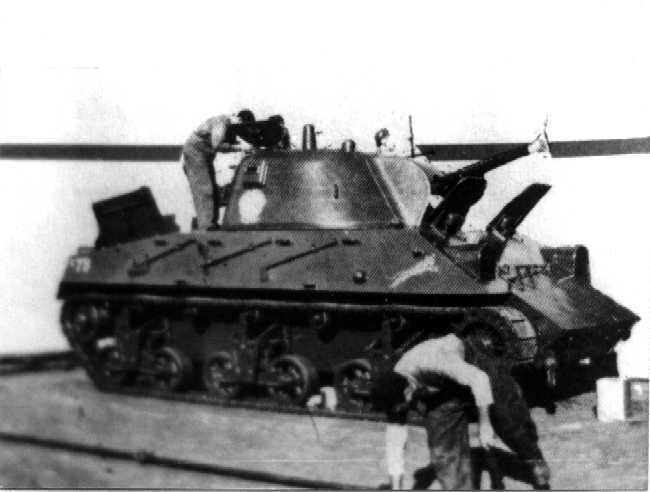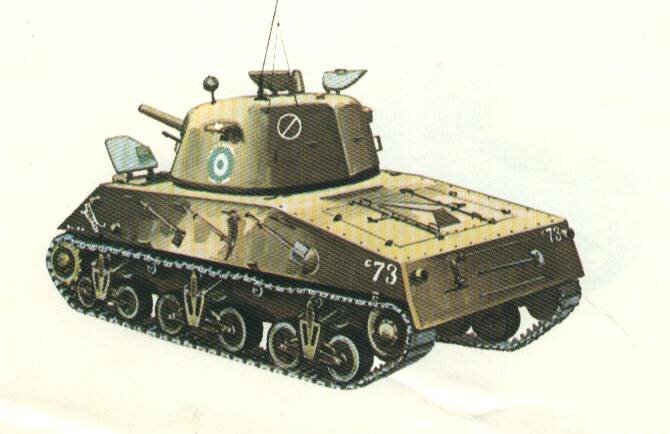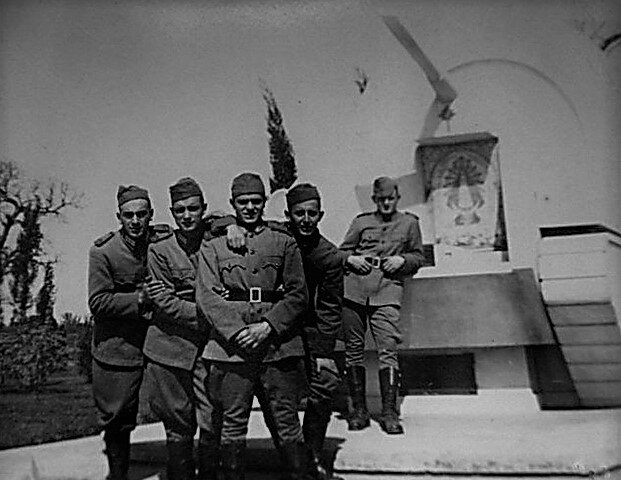- Joined
- 1 May 2007
- Messages
- 2,537
- Reaction score
- 1,752
On page 58 (page 69 of the PDF) of '"Fabrica Militar de Aviones, historias y testimonios",
see here :-
there's a picture of a very Sherman like tank.
As the picture caption is in spanish, another
language that I don't speak a word of, my
first thought was to post both picture and caption,
and then ask for more information.
However, I decide to Google instead, and found
some information.
Posted below are the picture and caption from the book,
and two links that I found.
cheers,
Robin.
The Caption :-
"Tanque Pesado de 60 toneladas bautizado DL NAHUEL (tigre en idioma
mapuche). El motor era el LORRAINE DIETRICH construido en Córdoba para
los aviones caza. El Tanque fue presentado en 1944 junto al avión de
entrenamiento avanzado I.Ae. 22 DL."
LINKS :-

 en.wikipedia.org
en.wikipedia.org
see here :-
there's a picture of a very Sherman like tank.
As the picture caption is in spanish, another
language that I don't speak a word of, my
first thought was to post both picture and caption,
and then ask for more information.
However, I decide to Google instead, and found
some information.
Posted below are the picture and caption from the book,
and two links that I found.
cheers,
Robin.
The Caption :-
"Tanque Pesado de 60 toneladas bautizado DL NAHUEL (tigre en idioma
mapuche). El motor era el LORRAINE DIETRICH construido en Córdoba para
los aviones caza. El Tanque fue presentado en 1944 junto al avión de
entrenamiento avanzado I.Ae. 22 DL."
LINKS :-





